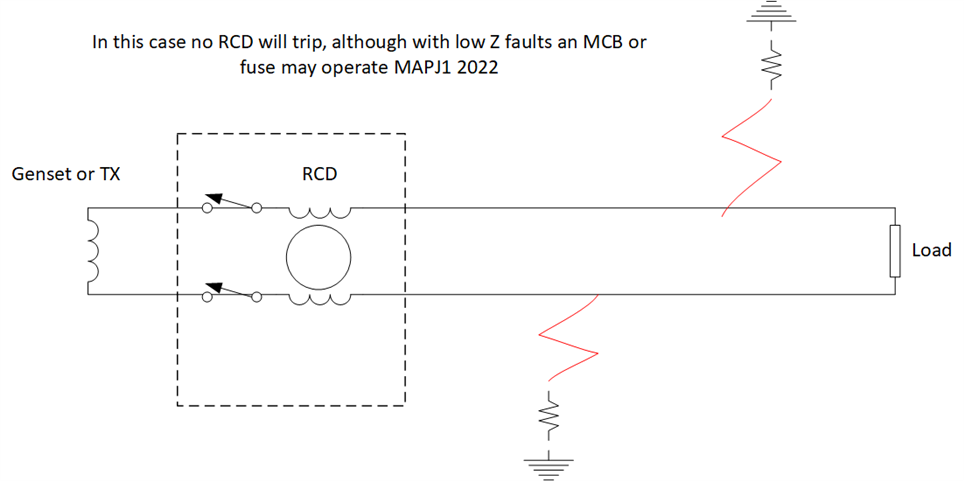Recently mobile welfare cabins with integral generators were used on site.
Test sheets supplied gave the earthing system as IT.
2 phase 3 wire
NO earth electrode was used when the suppliers tested before arrival on site.
On arrival on site an earth electrode was installed and the cabin was connected to this.
Is the cabin now a TT system?

